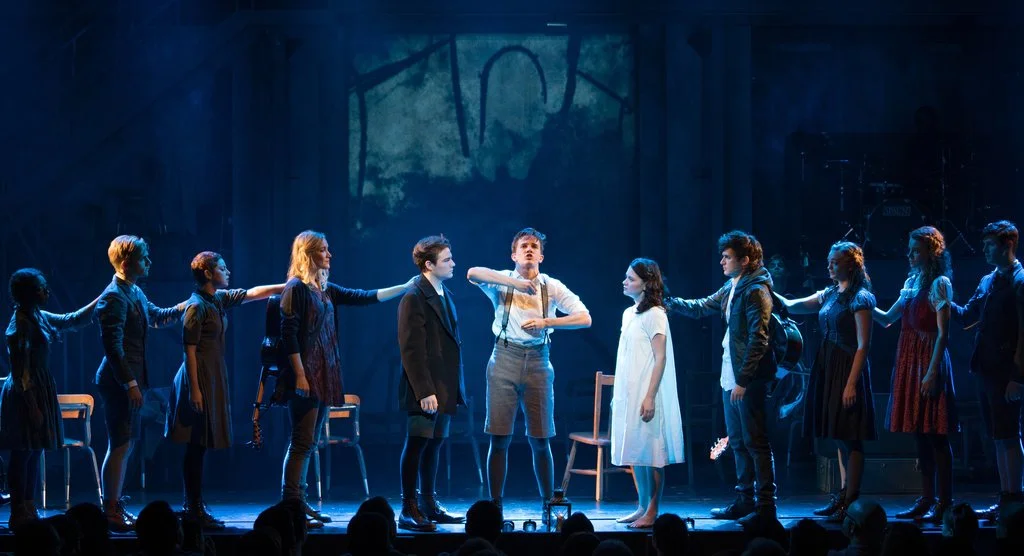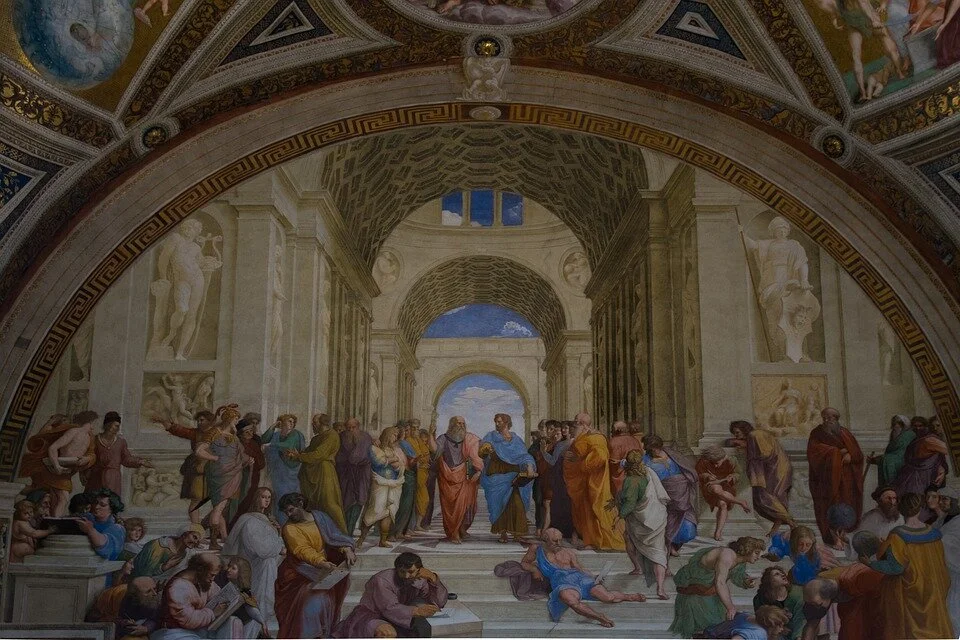Opera Australia attempts to make opera “for all” while maintaining the linguistic diversity of presenting opera in their original languages. To enhance the connection of audiences to the work, Opera Australia uses digitization and other technologies to create a holistic storytelling mechanism. This case demonstrates that (1) language and linguistic identity can advance and strengthen artistic storytelling and (2) audiences want to see linguistically diverse and accessible stories.
Equity Via Art and Technology: A Case Study of Deaf West’s “Spring Awakening”
This case study examines Deaf West Theater. Through weaving “American Sign Language (ASL) with spoken English to create a seamless ballet of movement and voice.”, Deaf West teaches through practice that (1) Language and linguistic identity can indeed advance and strengthen storytelling and (2) Audiences want to see linguistically diverse and accessible stories.
Digital Stewardship is the Future for Contemporary Art Museums
The Current State of Linguistic Representation and Accessibility in the Artistic Sector
Language-based diversity and the related questions of physical accessibility are regularly left out of these conversations; whether conscious or not, DEI efforts in popular arts and media regularly function on the outskirts of language-based representation and accessibility. For members of minority and underrepresented demographic groups, representation in arts and entertainment not only impacts how the world sees them, but guides how they see themselves.
POAPs: Audience Engagement and Memorabilia in the Web3 Era
The average theater-goer walks into a performance with their ticket stub freshly procured from the box office. An usher hands them a playbill as they find their seat. Both items are unique to the time and place of the event, and available only to those physically in attendance at the performance. These forms of memorabilia offer audiences collectible, tangible tokens to commemorate an arts experience. However, today it is common practice to take a picture of the stage from one’s seat with playbill in hand to post on social media and store in the cloud, transforming a physical token of memorabilia into a digital one.
Integrating NFC Technology in Arts Institutions
Underneath the Disney magic at its resorts is Near-field communication (NFC) technology, which has been transforming live event experiences for years. Disney Parks is at the forefront of the change, having utilized the all-in-one-device MagicBand since 2013, which renders the park into dynamic computer, streaming real-time data about where guests are and what they are buying. This “invisible” wearable technology has created a seamless guest experience where people are happier by stripping their options away. How can this technology be leveraged and integrated into arts institutions and yield the same immersive, seamless experience? This article explores NFC technology and how arts organizations can utilize it to enhance their overall service and audience engagement.
Declining Super Bowl Viewership: Will it Maintain Most-Watched Event of the Year?
While the Super Bowl has managed to remain the most-watched live event of the year, it has not managed to maintain its robust viewership numbers in the age of cord-cutting and media saturation. Despite the trend of lower viewership, there is one instance that raises audience interest, but it remains outside of the NFL’s direct control: too-close-to-call games. Thus, there is the possibility that viewership has decreased simply due to an increase in uninteresting games in the past few years. If there’s anything the many close games this past football season, and subsequent increase in viewership, can teach us, it’s that viewers enjoy watching competitions that are truly anyone’s game.
Expanding our Live Streaming Future: Refining and Developing New Arts & Entertainment Experiences
Livestreaming has become a burgeoning global industry, recording eight billion hours of content watched in the last quarter of 2020 (May, 2021). This research projects examines the industry before the COVID-19 pandemic, how it evolved during the pandemic, and its future opportunities. From October to December 2020, over eight billion combined hours of content were watched as livestreams on the top three largest platforms, Twitch, YouTube, Facebook Live (May, 2021). Using data from industry leader interviews, a national survey, and case studies the team reveals the power and current technology limitations to livestreaming for the live entertainment industry.
Aristotle & Gaming Case Studies (Tragedy is Fun: Aristotle Revisited)
As noted in How Video Games Can Serve as an Engagement Experience, video games, particularly RPGs, are widely popular and engaging with exceptional character and plot structure. The Elder Scrolls V: Skyrim and The Witcher 3: Wild Hunt exemplify Aristotle’s model of dramatic tragedy in a modern form. These case studies prove that video games are fun, tragedy is fun, and by marrying the two, arts organizations can experiment with exciting new forms of audience engagement!
Using Augmented Reality in Classical Music
How can the visual technology of augmented reality be used to enhance audience engagement with classical music and in the music industry as a whole? In the arts realm, AR has been used in both the classical music and popular music realms to cultivate audience engagement with visual components to the listening experience. This article provides an overview of AR as a technology and its usage in the music industry.















